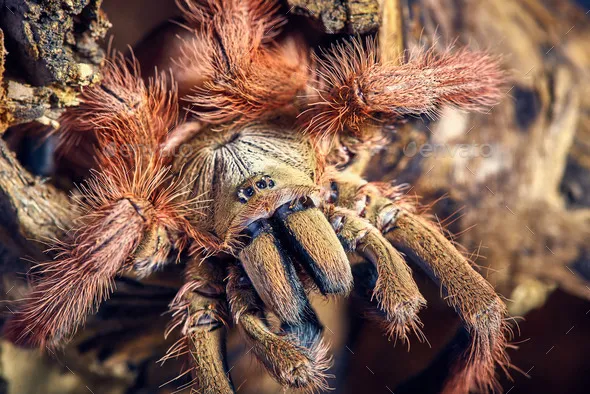What is a T Gigas Tarantula?
The T gigas, scientifically known as Theraphosa gigas, is a species of tarantula native to the rainforests of northern South America. This impressive arachnid is one of the largest tarantulas in the world, captivating enthusiasts with its size, appearance, and unique characteristics. Known for its relatively docile nature, the T gigas can be a fascinating pet for experienced keepers who can provide the specific environment and care it requires. Their imposing size, combined with their interesting behaviors, makes them a standout species in the world of exotic pets. Understanding the basics of this tarantula is the first step toward appreciating its unique qualities and ensuring its well-being in captivity.
Appearance and Characteristics
The T gigas tarantula is instantly recognizable due to its large size and striking appearance. Its body is covered in dense, reddish-brown hairs that give it a velvety texture. The legs are thick and powerful, allowing it to move quickly and climb effectively. Mature females often exhibit a broader, more robust physique compared to males. The overall appearance is one of strength and elegance, making it a visually appealing specimen for tarantula enthusiasts. The chelicerae, or fangs, are large and strong, used for capturing and subduing prey. The coloration can vary slightly depending on the individual, but the general reddish-brown hue is a characteristic trait. The spinnerets, located at the end of the abdomen, produce silk used for webbing and lining their burrows, contributing to the overall unique traits.
Size and Lifespan
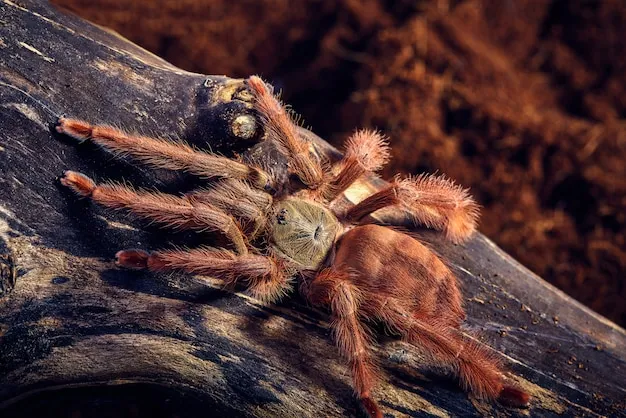
One of the most notable aspects of the T gigas is its size. These tarantulas can have a leg span of up to 12 inches (30 cm) or more, making them one of the largest tarantula species globally. The body itself can reach lengths of several inches. The size of a T gigas can be intimidating, but it’s also a testament to its adaptability in its natural habitat. In terms of lifespan, female T gigas tarantulas can live for an impressive 15 to 25 years, while males typically have a shorter lifespan, often living for only 3 to 5 years after reaching maturity. Proper care and a stable environment can significantly impact their longevity. The long lifespan of females makes them particularly attractive to keepers who are prepared for a long-term commitment.
Origin and Habitat
T gigas tarantulas originate from the rainforests of northern South America, including countries like Guyana, Suriname, French Guiana, and parts of Brazil and Venezuela. They are adapted to a humid, warm environment, where they live in burrows or beneath the cover of leaf litter and fallen logs. The high humidity and temperature are crucial for their health and well-being. In their natural habitat, they play a role in the ecosystem, preying on insects and small vertebrates. Their arboreal nature allows them to climb trees and other structures. Understanding their natural environment is essential for replicating it in captivity. Providing a suitable habitat that mimics these conditions is key to ensuring their health and happiness.
Behavior and Temperament
T gigas tarantulas are generally considered to be relatively docile, but they can exhibit defensive behaviors if they feel threatened. They may flick urticating hairs from their abdomen as a defense mechanism, which can cause skin irritation. While they are not known for being aggressive, it is essential to handle them with care. They are typically nocturnal, meaning they are most active during the night, when they hunt for food. They can also be observed exploring their enclosure or resting in their burrows during the day. Observing their behavior can provide valuable insights into their needs and overall well-being. Handling should always be done with caution, and it’s advisable for experienced keepers. Their behavior can vary based on their individual personality and environmental factors.
Diet and Feeding
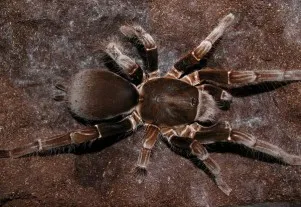
In the wild, T gigas tarantulas are opportunistic predators, feeding on insects, small lizards, and even small rodents. In captivity, they thrive on a diet of insects like crickets, roaches, and mealworms. The size and frequency of feeding depend on the tarantula’s age and size. Younger tarantulas should be fed more frequently, while adults can be fed once or twice a week. It is crucial to ensure that the prey is appropriately sized and free from pesticides. Providing a balanced diet is critical to their health, development, and longevity. Supplementing the diet with occasional pre-killed vertebrates can be beneficial. Always remove any uneaten prey from the enclosure to maintain a clean and healthy environment, preventing potential stress and health risks.
Interesting Facts About T Gigas Tarantulas
Fact 1 Amazing Venom
While the T gigas tarantula is venomous, its venom is not considered highly dangerous to humans. Their venom is primarily used to subdue prey. The venom’s effects on humans are often similar to a bee sting, causing local pain and swelling, but it is not typically life-threatening. Allergic reactions are possible, so it’s essential to exercise caution. Their venom is not designed to inflict serious harm. The primary function of the venom is to aid in subduing insects and small vertebrates. While their fangs are sizable, their venom is not the most potent among tarantula species.
Fact 2 Incredible Size
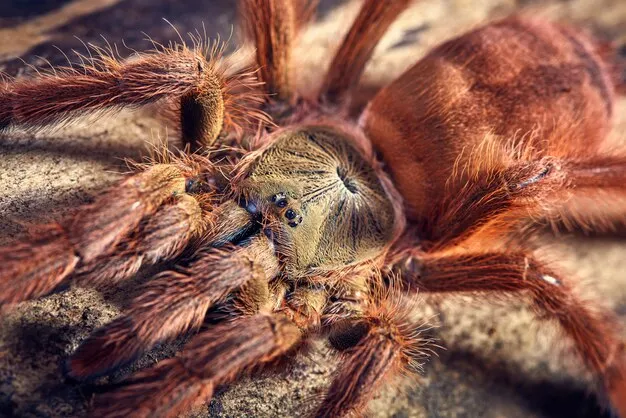
As mentioned earlier, the T gigas is one of the largest tarantula species in the world, with leg spans that can reach up to 12 inches or more. This impressive size makes them a captivating spectacle. The size contributes to their robust appearance and predatory abilities. The bulk of a fully grown T gigas is truly astounding. The size also reflects their significant role in their native ecosystem. The size is an essential factor in considering the appropriate enclosure size for these impressive creatures.
Fact 3 Unique Molting Process
T gigas, like all tarantulas, goes through a molting process, where it sheds its exoskeleton to grow. The process involves the tarantula lying on its back and slowly wriggling out of its old skin. This process can be a fascinating experience to observe, if you are lucky enough to do so. The molting process is vital for growth and development. It is also a vulnerable period for the tarantula, so it is essential to provide a safe and stable environment during this time. The new exoskeleton is soft and delicate, so the tarantula should be left undisturbed until it hardens. Avoid feeding your tarantula in the days before and after molting.
Fact 4 Arboreal Lifestyle
Although primarily terrestrial, T gigas tarantulas have been observed exhibiting arboreal tendencies, meaning they may climb trees or other elevated structures in their natural habitat. This behavior suggests that they are adaptable to different environments and can benefit from vertical space. They often create webbed retreats in crevices or under tree bark. In captivity, this means that providing climbing opportunities and elevated hiding places can enhance their well-being. The arboreal nature of T gigas makes it essential to design a habitat that caters to their climbing instincts, offering various environmental enrichment activities.
Fact 5 Nocturnal Hunter
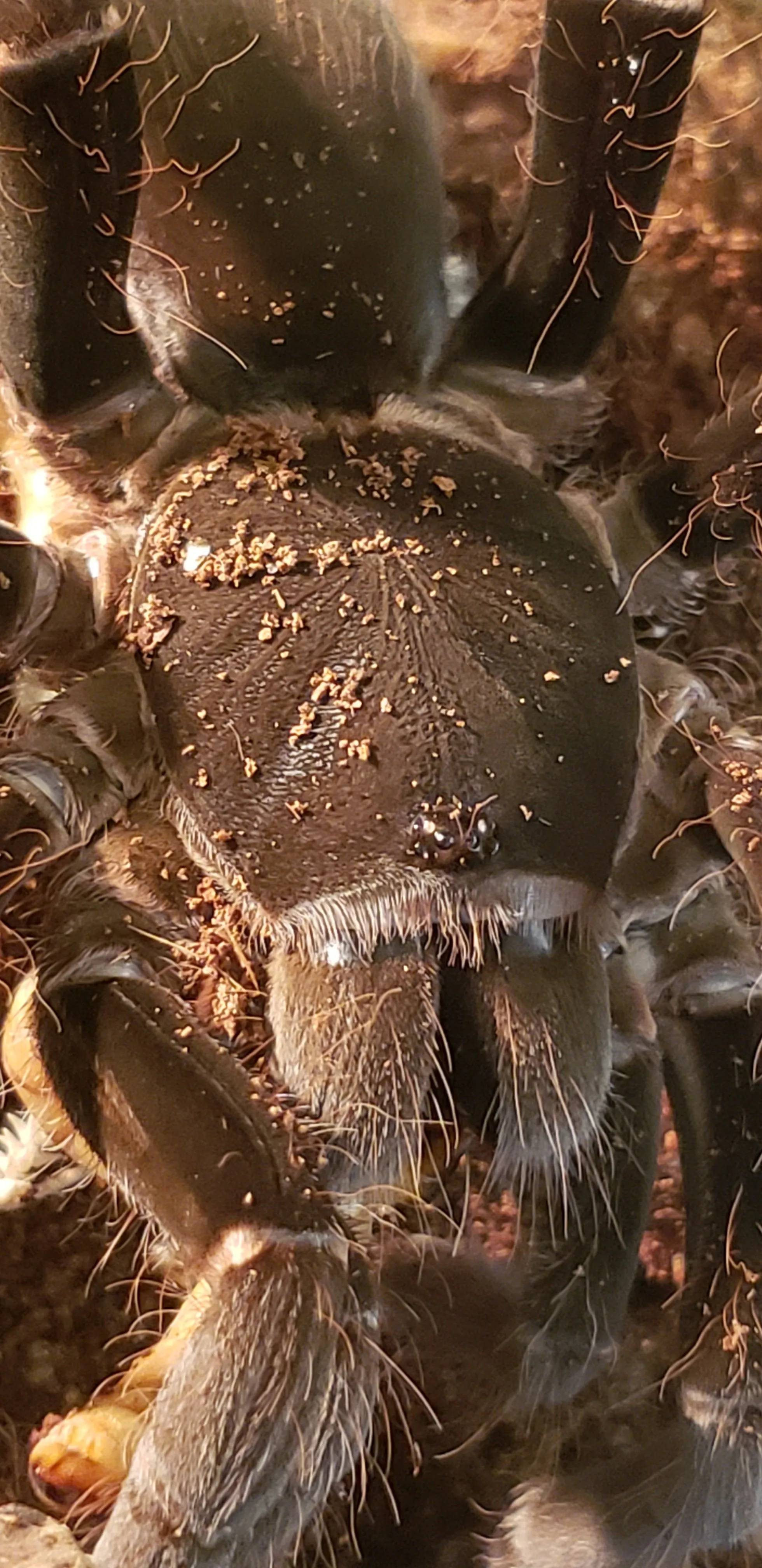
T gigas tarantulas are nocturnal hunters, meaning they are most active during the night. This behavior is an adaptation to avoid predators and take advantage of the darkness to ambush prey. They use their sensory hairs to detect vibrations and movements in their environment. During the day, they will typically stay in their burrow or hide, conserving energy and staying safe. Observing them hunt and explore their environment during the night is a unique aspect of keeping a T gigas tarantula, as it shows a glimpse into their natural predatory instincts and behaviors.
